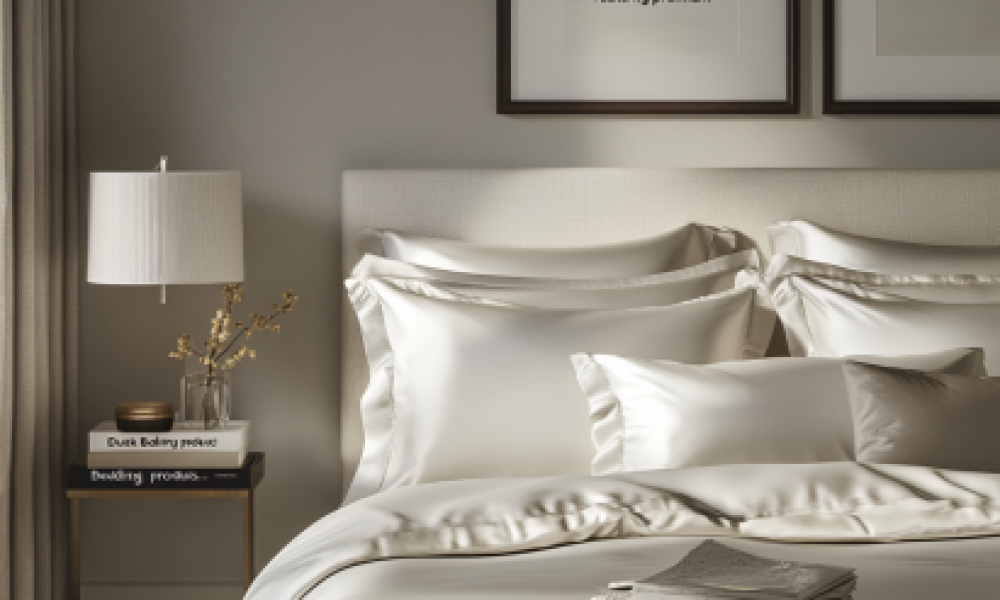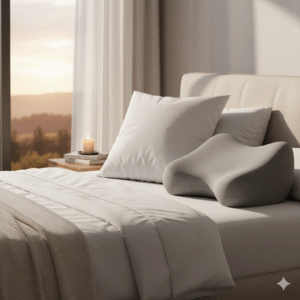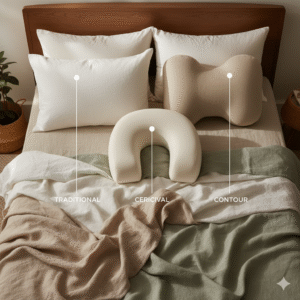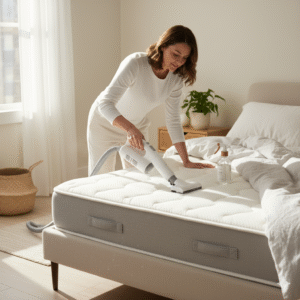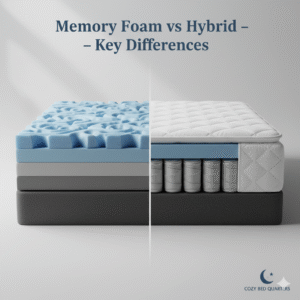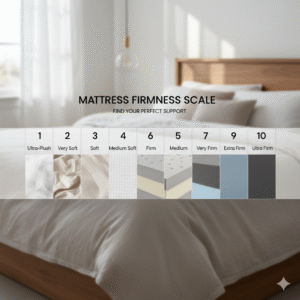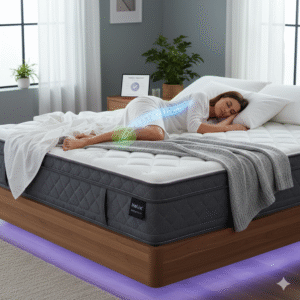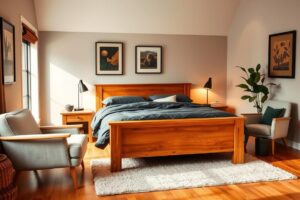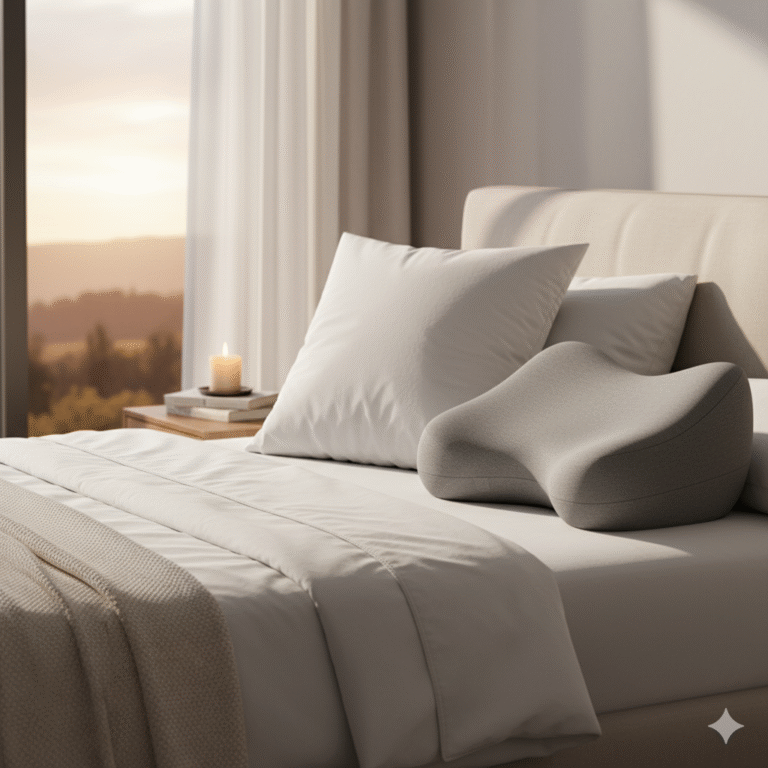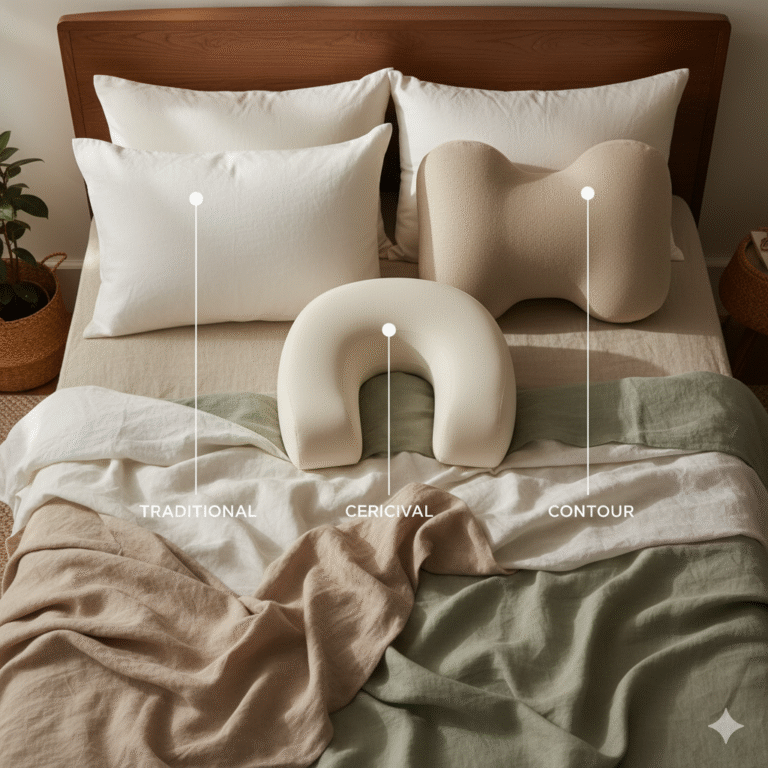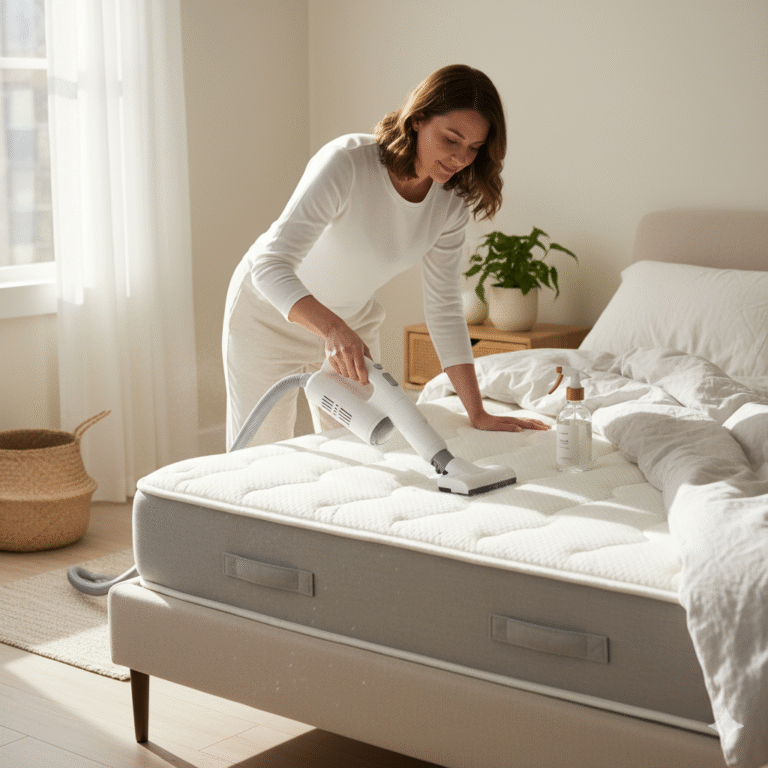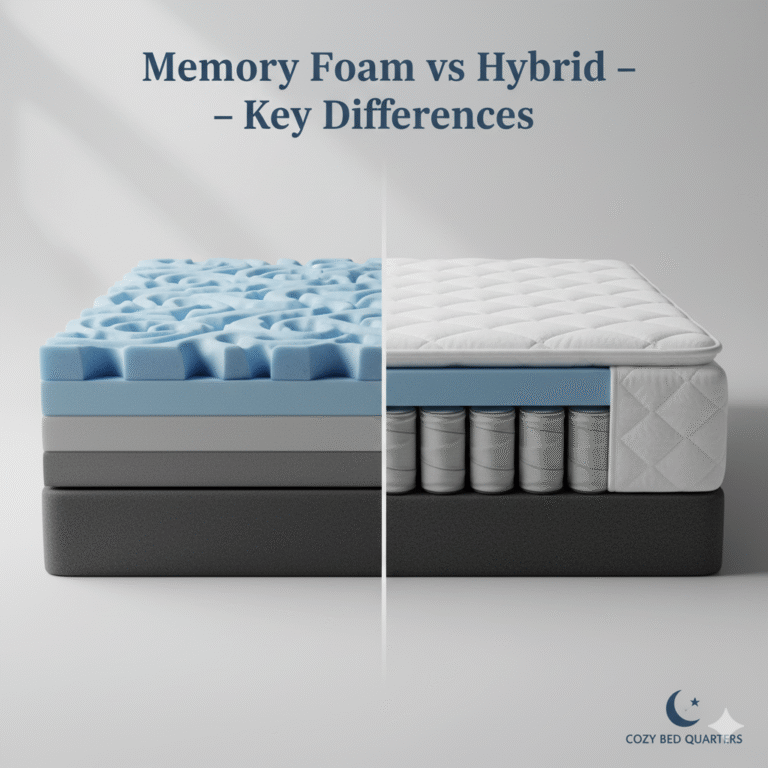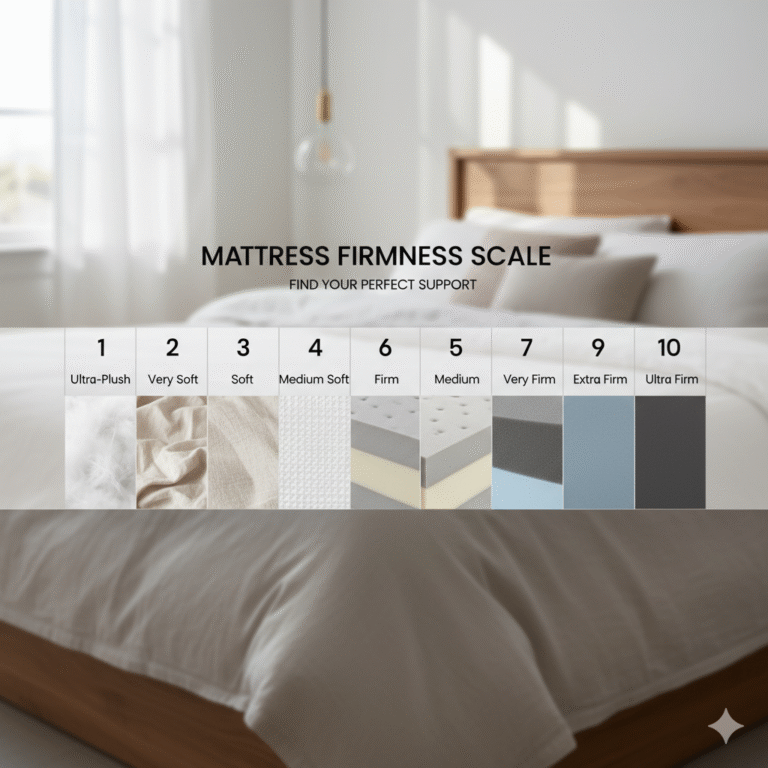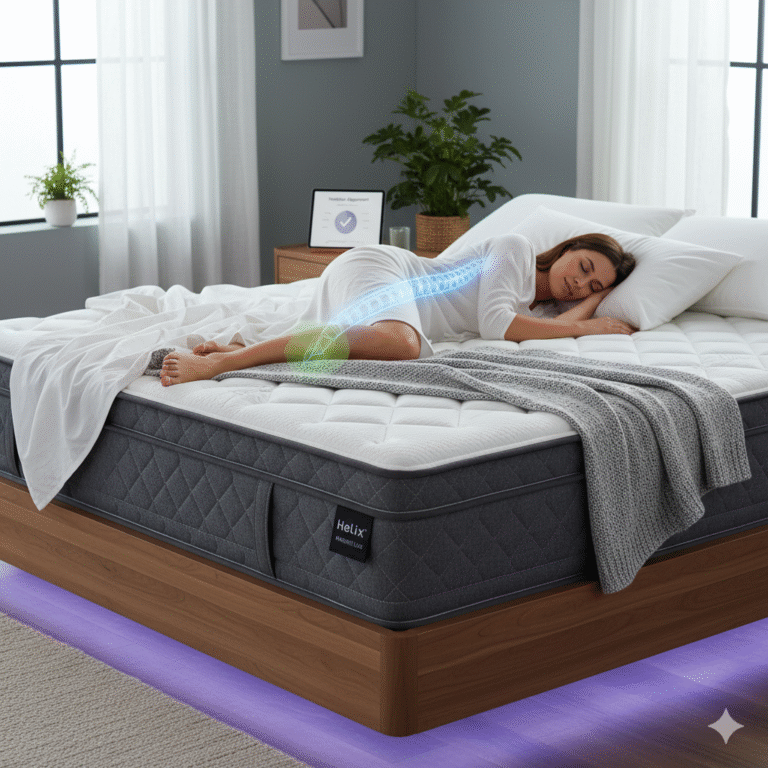Dusk Bedding Review: Materials, Quality & Sustainability
Dusk Bedding delivers a luxury look at an accessible price. In this review, we cover what makes Dusk Bedding popular—its materials, feel, durability, sustainability claims, and how it compares with eco-friendly alternatives.
Key Takeaways: Dusk Bedding
- 📍 UK brand with a strong online focus; known for “luxury for less.”
- Materials span Egyptian cotton, percale, sateen, linen, and filled bedding.
- Dusk Bedding emphasizes value and style; sustainable options vary by collection.
- Shoppers should compare materials, certifications, and care to get the best fit.

Where Is Dusk Bedding Based?
Short answer: Dusk is a UK-born brand with operations centered in England. The company built its name online, focusing on stylish, hotel-inspired bedding and home textiles.
While you’ll see references to different UK addresses across the web, the practical takeaway is that customers primarily interact with Dusk via its ecommerce storefront and fulfillment network. If you’re shopping from the U.S., review delivery timelines, return windows, and care instructions before buying.
Brand Origins & UK Presence
In brief: Founded in the mid-2010s, Dusk grew by pairing timeless, neutral design with affordable pricing. The brand emphasizes classic white ensembles, quilted textures, and matching sets that create a “boutique hotel” bedroom vibe.
For shoppers weighing value vs. longevity, consider thread length (long-staple cotton), weave (percale vs. sateen), and fabric weight. Use our internal buying primers on materials and thread count to sanity-check claims:
Bedding Materials Guide,
Thread Count Explained.

Product & Material Range
The gist: Dusk’s core lineup covers duvet covers/sets, fitted sheets, pillowcases, bedspreads, and filled bedding (down/alternative), plus throws and cushions. Materials include cotton percale and sateen for different hand-feels, plus linen for a breezier, relaxed look.
- Egyptian cotton / Percale: Crisp, breathable, matte; great for hot sleepers.
- Egyptian cotton / Sateen: Silky, smooth drape and subtle sheen; a bit warmer.
- Linen: Airy, textured, extremely durable; softens over time.
- Filled bedding: Down and anti-allergy alternatives, plus toppers.
Not sure which feel you’ll love? Start here:
Fitted vs Flat Sheets,
Choosing Pillows for Comfort.
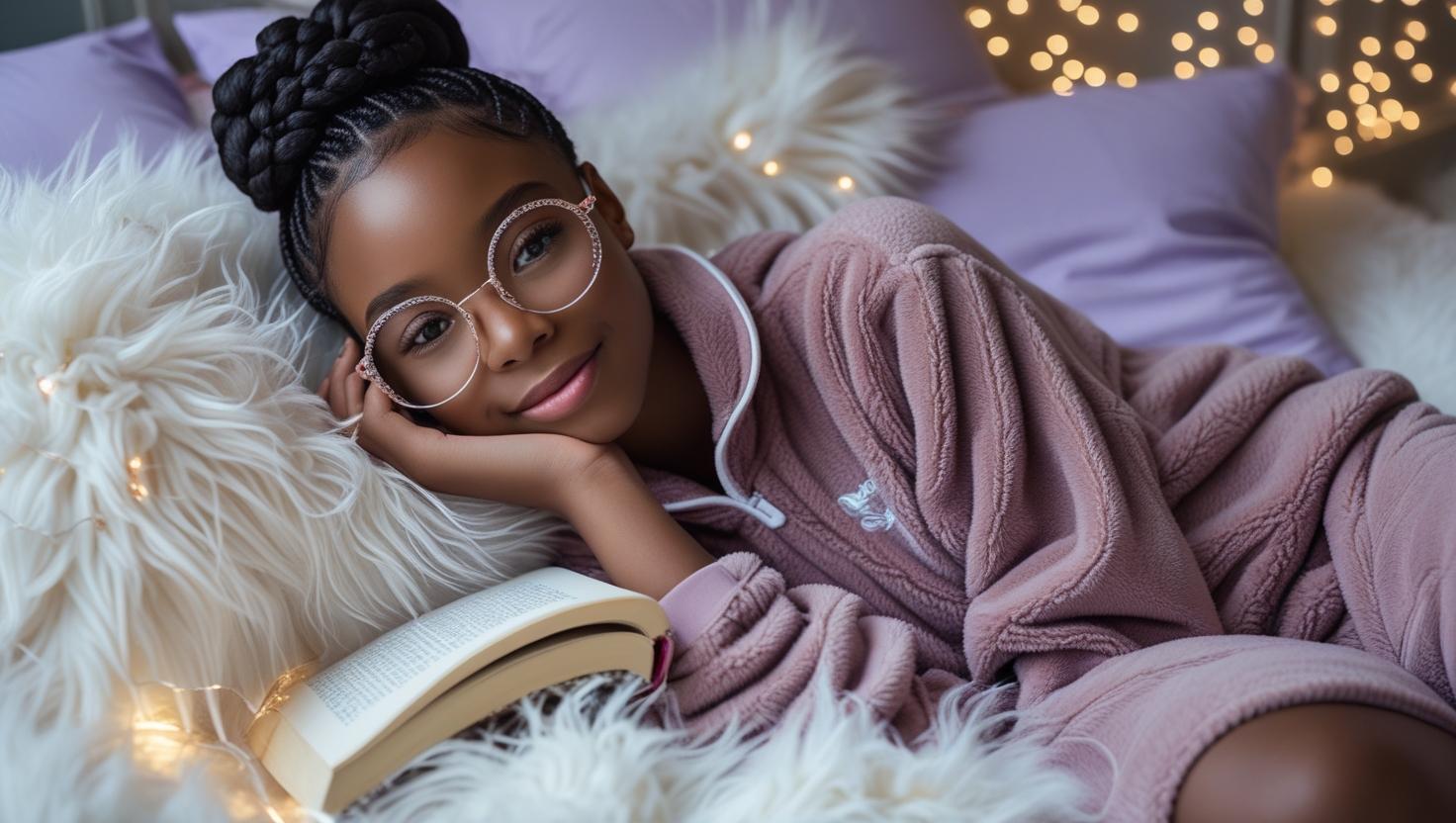
International Availability
Bottom line: U.S. shoppers can find Dusk offerings online through curated assortments. Inventory and delivery terms vary by season, so confirm shipping policies and returns at checkout.
Tip: If your priority is a cool-to-the-touch fabric, look for “percale” cotton or linen and double-check care guidance to preserve that crisp hand-feel. See:
Temperature-Regulating Bedding.
Sustainability & Ethics
Quick take: Dusk highlights responsible sourcing and recyclable packaging on various collections, but certifications can differ by product. If verified eco-standards matter to you, look for labels such as OEKO-TEX® Standard 100 or GOTS (for organic cotton) on the specific item page.
To compare eco-claims with alternatives, skim our internal guides:
Organic Bedding Benefits,
Bedding & Allergies.

Eco-Friendly vs. Conventional Bedding
TL;DR: Eco bedding often means organic fibers, safer dyes/finishes, and lower-impact supply chains. Conventional bedding can be cheaper upfront and easier to find, but may use standard cotton and chemical finishes.
- Performance: Linen and percale cotton excel for breathability; sateen feels silkier and a touch warmer. Sleep Foundation: Linen vs. Cotton Sheets.
- Durability: Linen is famously tough and softens with wash; long-staple cotton improves strength and smoothness. Sleep Foundation: Best Material for Bed Sheets.
- Care: Most cotton is machine-washable; linen prefers gentler cycles and lower heat. Follow label instructions to minimize fiber stress.
Environmental Impact: Carbon, Water & Biodegradability
In short: Impacts vary widely by crop, region, and processing. Linen (from flax) typically needs less irrigation than conventional cotton; organic cotton avoids synthetic pesticides; and OEKO-TEX® screening helps limit harmful residues. Proper laundering (cooler water, full loads) and line-drying reduce lifetime impact regardless of fiber.
Want a deeper dive on materials? See:
Best Bedding Material to Enhance Your Sleep.
Certification Breakdown: What Labels Mean
Big picture: Certifications help verify safety and sourcing claims. OEKO-TEX® Standard 100 screens finished textiles for harmful substances; GOTS is the gold standard for certified organic cotton plus social and environmental criteria across the supply chain.
When comparing sets, prioritize clear labeling on the product page and seek long-staple cotton callouts for smoother, longer-lasting sheets. Parachute’s educational hub is handy for understanding weaves and materials:
Parachute: Bed Sheets Guide.
Buyer’s Guide: Picking the Right Dusk Bedding (or Alternative)
Snapshot: Start with your sleep climate and feel preference, then choose the weave/material that aligns.
- Hot sleeper? Lean percale or linen for airflow. If you prefer silky glide, try a lighter sateen and a breathable duvet insert.
- Prefer a drapey, hotel feel? Sateen cotton with a mid-weight duvet is your lane.
- Want timeless texture? Linen for the relaxed, rumpled look that softens wash after wash.
- Sensitive skin? Check for OEKO-TEX® claims and gentle detergents; review our Bedding & Allergies guide.
- Thread count? It’s not everything—fiber length and weave matter more:
Thread Count Explained.
Care & Maintenance (to Make Bedding Last)
Essentials: Wash on gentle with cool or warm water, avoid heavy fabric softeners (they can reduce breathability), and dry on low or line-dry. Rotate sets to reduce wear on any single weave. For linen, expect natural creasing and a gradually softer hand.
Bookmark this evergreen reference:
Better Homes & Gardens: Bedding Tips & Care.
FAQs: Dusk Bedding
- Where is Dusk Bedding based?
- Dusk is a UK-born bedding brand with operations centered in England. Customers primarily shop the brand online, with region-specific assortments.
- What materials does Dusk use?
- Expect cotton percale, cotton sateen, Egyptian cotton options, and some linen—plus filled bedding like duvets, pillows, and toppers.
- Is Dusk Bedding sustainable?
- Practices vary by collection. Look for product-specific certification mentions (e.g., OEKO-TEX®). If organic content matters, prioritize items that clearly state GOTS certification.
- How do I choose percale vs. sateen vs. linen?
- Percale = cool and crisp; Sateen = smooth and drapey; Linen = airy and very durable. Compare breathability and hand-feel to your sleep climate and preferences.
See comparison.
Final Thoughts
Dusk Bedding excels at creating a polished, hotel-style bed without premium-brand prices. To make the best choice, focus on fiber, weave, and credible certifications—then follow care basics to extend lifespan. Need help matching materials to your sleep style? Explore more guides from Cozy Bed Quarters:
Bedding Materials Guide.

